
China June 4:
In recent days, the Americans have not been bombarded with COVID-19 news. That’s not because the novel coronavirus has gone, but because another virus has dominated the headlines – police brutality and its aftermath.
The protests over the police killing of an unarmed black man, George Floyd, in Minneapolis last week had expanded to more than 300 cities and towns. In many places the demonstrations have been going on for days. There were riots and looting in dozens of them. The US National Guard has been deployed to at least 21 states, and many big cities, including New York, have imposed curfews. In New York even the flagship Macy’s store in the center of Manhattan was looted on Monday night.
The killing by a white cop brought back bitter memories of other black people who have died at the hands of police without any justification in the US in recent years.
There have been so many such killings that detailing them all would take several columns.
Should I start with the Algiers Motel incident which occurred during the Detroit riots in 1967 when three black teenagers were killed by the police during interrogations following a tip that snipers might be hiding in the hotel?
Or should we remember the killing in 2014 of Eric Garner on Staten Island in New York who while being arrested for allegedly selling illegal cigarettes was put in a deadly chokehold by an officer – again caught on video.
Circumstances change, but one thing hasn’t. While the victims, usually black, may not have been found to have committed crimes, the police officers who were responsible for their deaths, often white, mainly avoid conviction or get light sentences.
Every time when such tragedies happen, there are always protests to condemn racism and demand justice for the victims, and sometimes there are modest changes in police policy. But progress, if there is any, is almost indiscernible. A police department may put officers through sensitivity training but any positive impact is soon destroyed when they are provided with new military equipment that makes them seem far from friendly figures in the community.
Last time there was massive rage on the streets was after Garner’s death and then the police shooting of 18-year-old Michael Brown in Ferguson, Missouri after an encounter with police in August 2014.
The incidents spurred waves of protests around the nation and became a catalyst for the creation of the “Black Lives Matter” movement. But it also pushed the relationship between law enforcement officers and the black community closer to the edge of the cliff.
On December 20, 2014, Rafael Ramos and Wenjian Liu, two police officers in New York, were shot dead in their patrol car by a black assassin, Ismaaiyl Abdullah Brinsley, who randomly picked out the pair to avenge the deaths of Garner and Brown.
After a grand jury decided to not indict the police officer whose action led to the death of Garner, New York’s progressive Mayor Bill de Blasio, who is white and has two dark skinned children with his black wife, addressed the prevalent racial profiling among the police by giving it a personal touch. “What parents have done for decades, who have children of color, especially young men of color, is train them to be very careful when they have a connection with a police officer,” the Mayor said then.
The Mayor’s remark immediately backfired with the president of the main New York police union ranting that the two fallen officers’ “blood on the hands starts at the steps of City Hall in the office of the mayor,” and hundreds of police officers turned their backs on the Mayor when he delivered a eulogy at Ramos’s funeral.
Since he took office in 2014, de Blasio has massively reduced the notorious “stop and frisk” program through which police predominantly targeted black and Latino young men for stops, searches, and questioning on the streets. Last year, the police in New York conducted around 13,500 such stops, compared with the 685,000 times at the peak in 2011. But the tensions between the police and the black community in New York and other cities doesn’t seem to have shrunk at all as the demonstrations, street battles and mass arrests in the past few days have shown.
This time, the COVID-19 pandemic that has made the black community its biggest target with a much higher proportion of deaths than for the white population, as well as destroying millions of jobs held by black people, has inevitably added fuel to the flames of the anger and made the protests more forceful. But whether there will be real change in response to Floyd’s death is very doubtful.
Sure, there will be some reforms of police enforcement policies in many departments. But this won’t lead to the weeding out of racist behavior – conscious or unconscious – among cops or stop over aggressive policing in many places. To do that would require a revolution – particularly with those who are allowed to become a police officer.

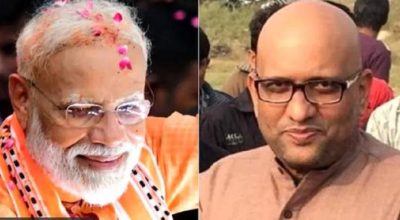
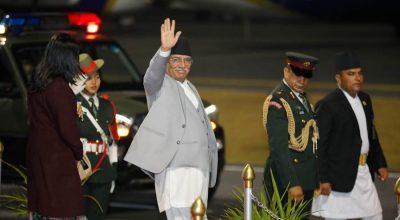
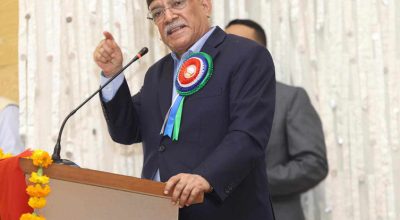
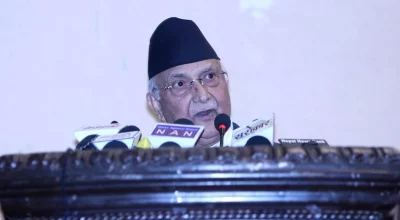
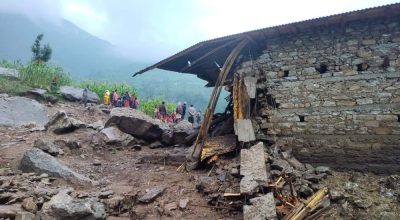
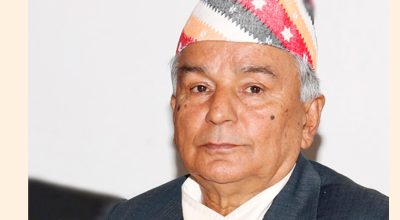
प्रतिक्रिया दिनुहोस्